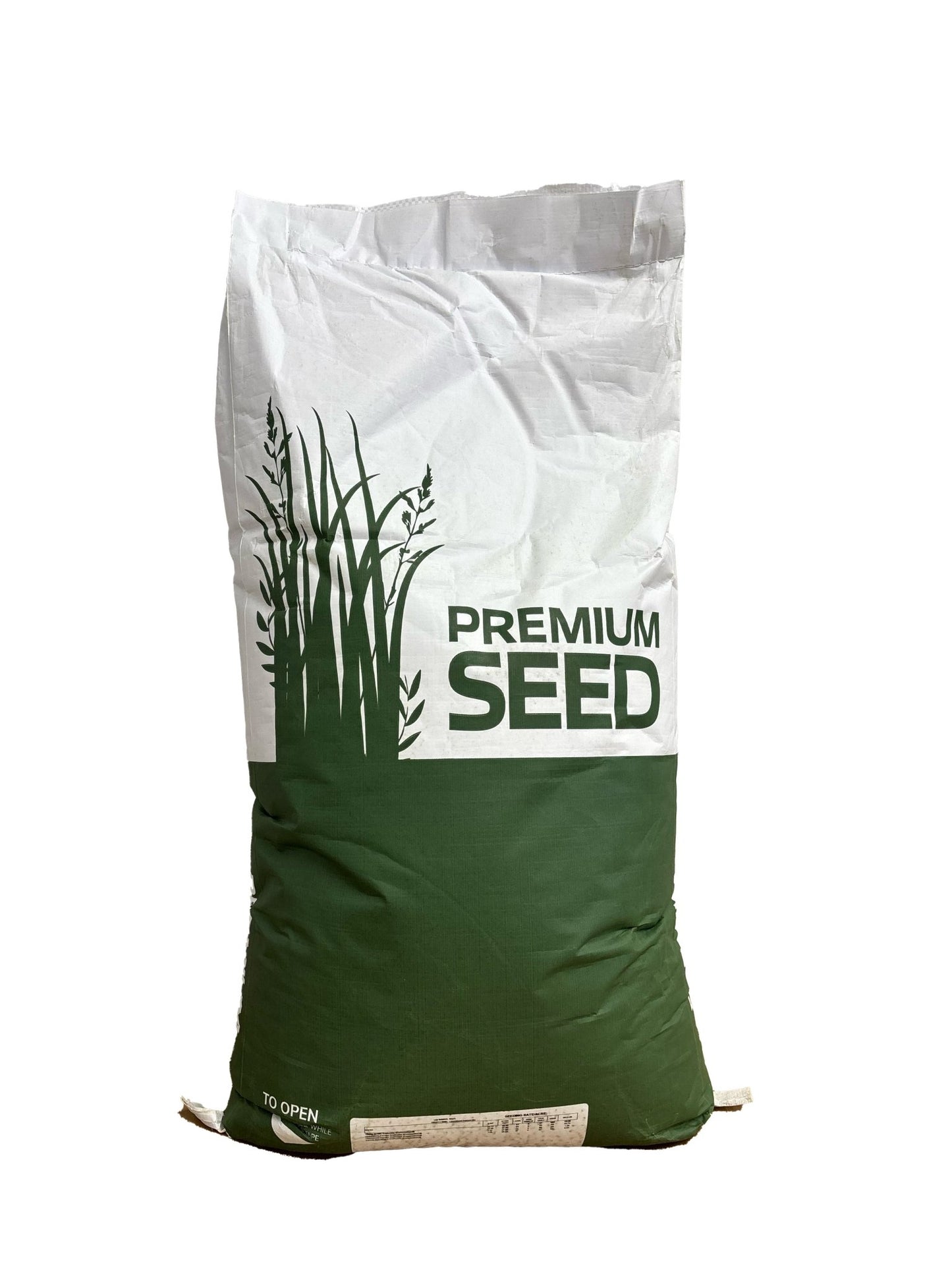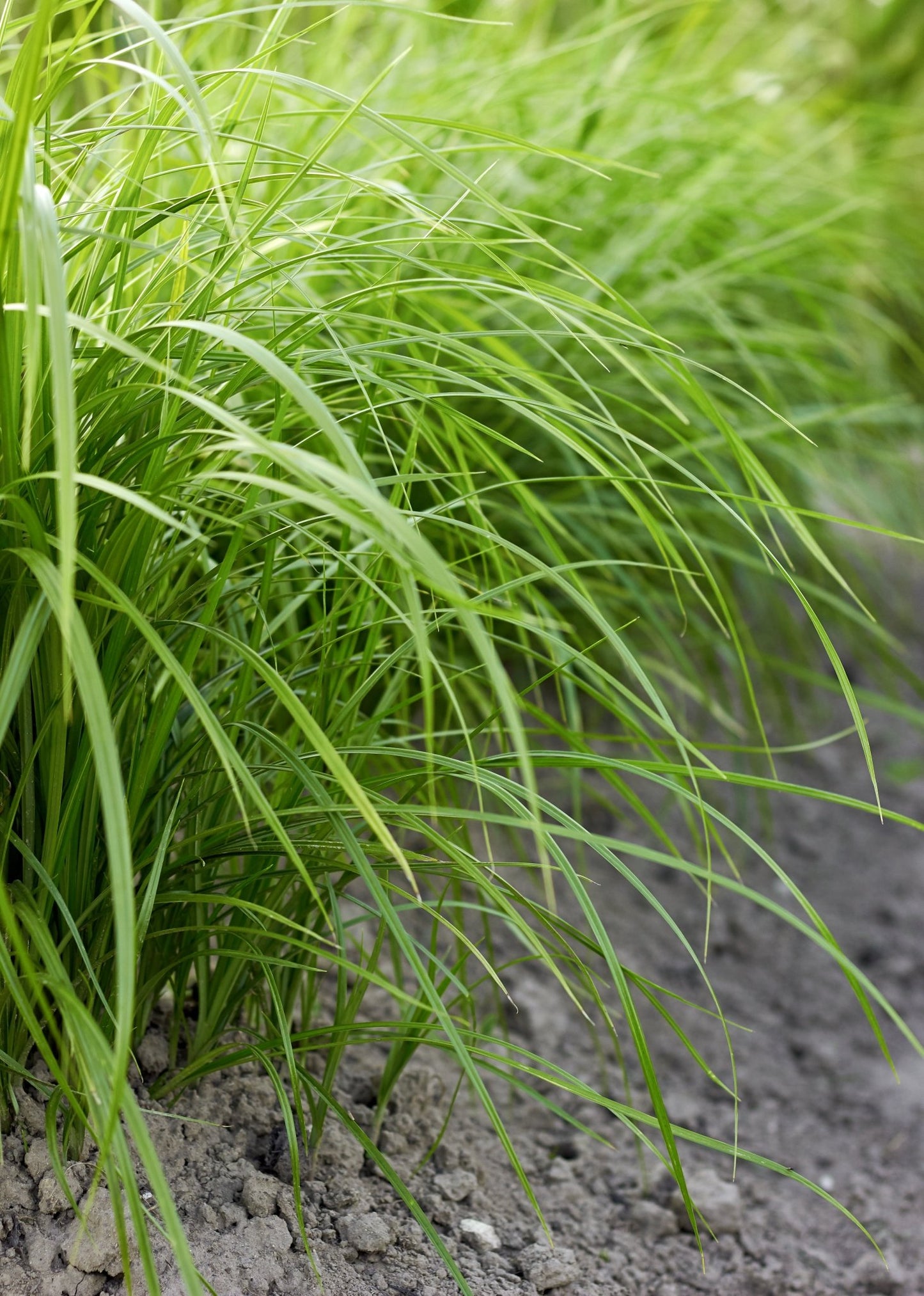Hale Habitat & Seed
Chufa
Chufa
FREE SHIPPING!
Couldn't load pickup availability
Chufa seed is an excellent choice for planting wildlife food plots, especially for attracting and sustaining wild turkeys. A member of the sedge family, chufa produces small, nut-like tubers beneath the soil that turkeys instinctively scratch up and eat. Highly nutritious and packed with energy, chufa provides a reliable food source that supports turkey populations year-round.
Easy to grow in well-drained soils with full sun, chufa thrives in a variety of climates and is drought-resistant once established. In addition to turkeys, it also attracts deer, waterfowl, and other game birds, making it a versatile addition to any wildlife management plan.
Whether you're looking to enhance your hunting land or support local turkey populations, chufa seed is a proven, effective option for a productive and sustainable food plot.
Planting Guidelines for Chufa
1. Site Selection
- Choose a location with full sun and well-drained soil.
- Avoid heavy clay soils that retain too much moisture.
- Chufa grows best in sandy or loamy soils with a pH between 5.5 and 7.5.
2. Seedbed Preparation
- Clear the area of weeds, grass, and debris.
- Disk or till the soil to a depth of 4–6 inches for good seed-to-soil contact.
- If soil pH is too low, apply lime to adjust it before planting.
3. Planting Time
- Plant when soil temperatures reach at least 65°F (late spring to early summer).
- The ideal planting window is April through July, depending on location.
4. Seeding Rate & Depth
- Broadcast or drill 40–50 lbs. of chufa seed per acre.
- Plant seeds 1–2 inches deep and cover with soil.
- For small food plots, hand-spreading followed by light disking works well.
5. Fertilization & Weed Control
- Apply 250–300 lbs. of 13-13-13 fertilizer per acre at planting.
- Use a pre-emergent herbicide to control weeds or cultivate with light disking.
- Once chufa is established, it shades out many weeds naturally.
6. Growth & Maturation
- Chufa matures in about 90–110 days.
- The plant develops grass-like foliage, but the tubers form underground.
- Turkeys will begin scratching for tubers in late summer and fall.
7. Maintenance & Wildlife Access
- To encourage turkey activity, mow or lightly disk a portion of the plot after tubers mature to expose some for easy feeding.
- Rotate planting areas every 2–3 years to maintain productivity.
By following these planting guidelines, you’ll create a highly attractive and nutritious food plot that supports wild turkeys and other wildlife throughout the year.
Share








